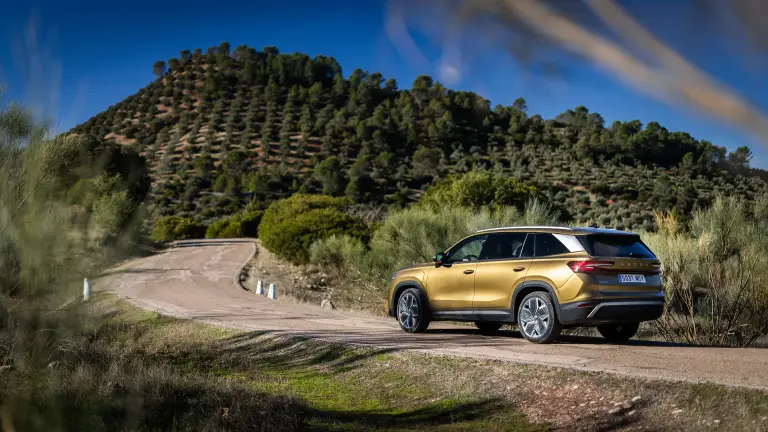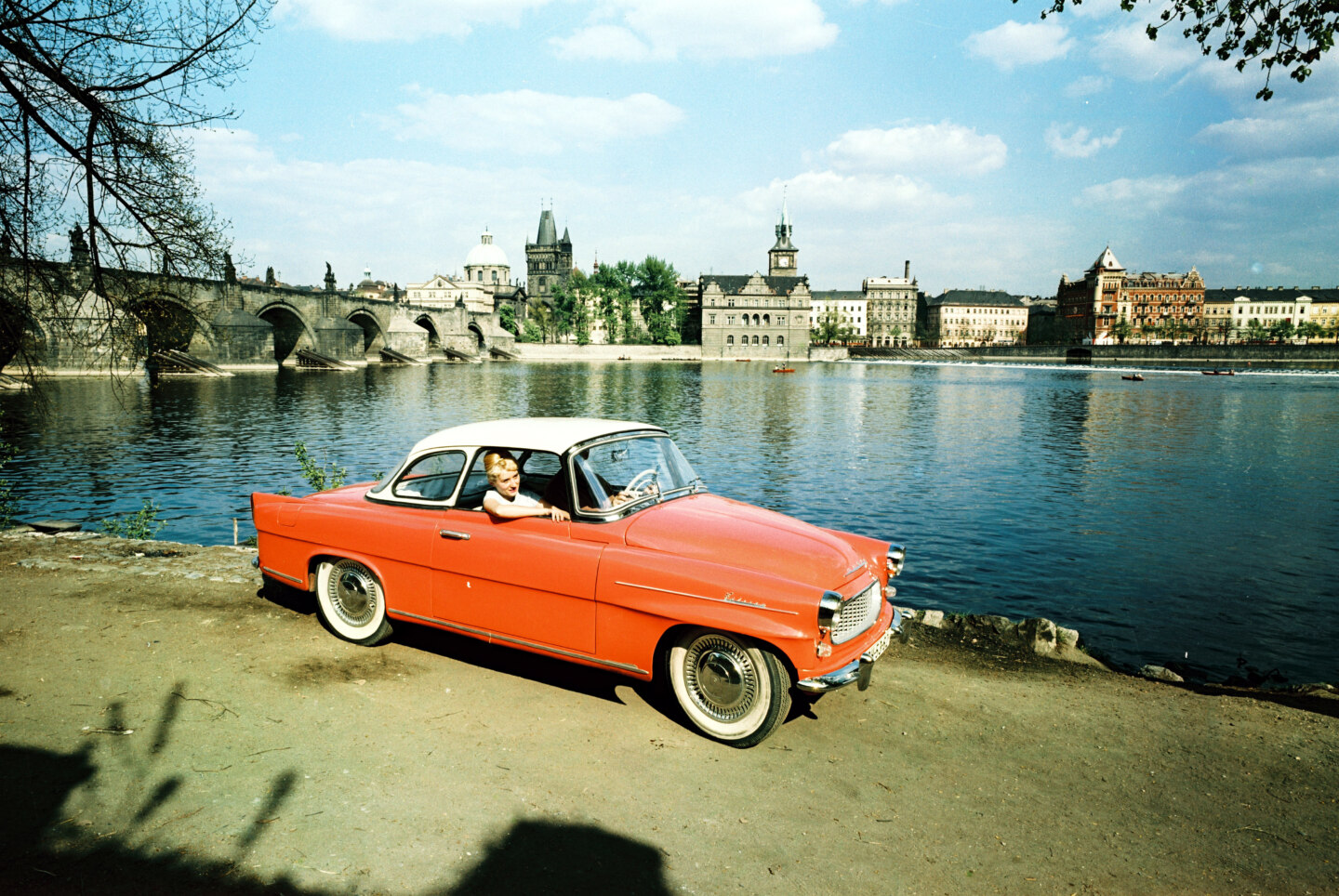5. A car wash isn’t enough
When someone looks at your car, they’ll usually decide whether or not they want to buy it within a matter of seconds. Likewise, your ad will attract most attention immediately after it’s published. That’s why first impressions are so important. Have your entire car cleaned and waxed thoroughly inside and outside, including the wheels. It will pay off. Brake dust should be cleaned off the wheels, and give the tyre sidewalls a going-over as well, since they’re often overlooked. Just don’t overdo the engine cleaning or it’ll look like you’re trying to hide an oil leak – cleaning the top parts and polishing the plastic surfaces should be enough.
6. Don’t skimp on the photographs
You definitely shouldn’t take pictures before the car is cleaned, or during bad weather, against the sun, in a busy location, squeezed between other cars, etc. Stick to simple compositions and walk all around the car to get pictures (front, back, both sides, all four corners). Ideally, hold the camera at headlight level. Make sure you get photos of the entire dashboard taken from the rear seats, the instrument panel, the front and rear seats, the boot, and the engine compartment. “In our system, we have exact rules on what should be photographed and how. If you’re not sure how to photograph your car correctly, check out the photos on an authorised dealer’s website,” advises Čika. You should also take pictures of any details that might be of interest, both negative and positive (rust – or lack of rust – around the bottom edges or the doors, new tyres, worn controls, worn seats, special equipment, etc.). You’ll want to avoid any surprises.




































